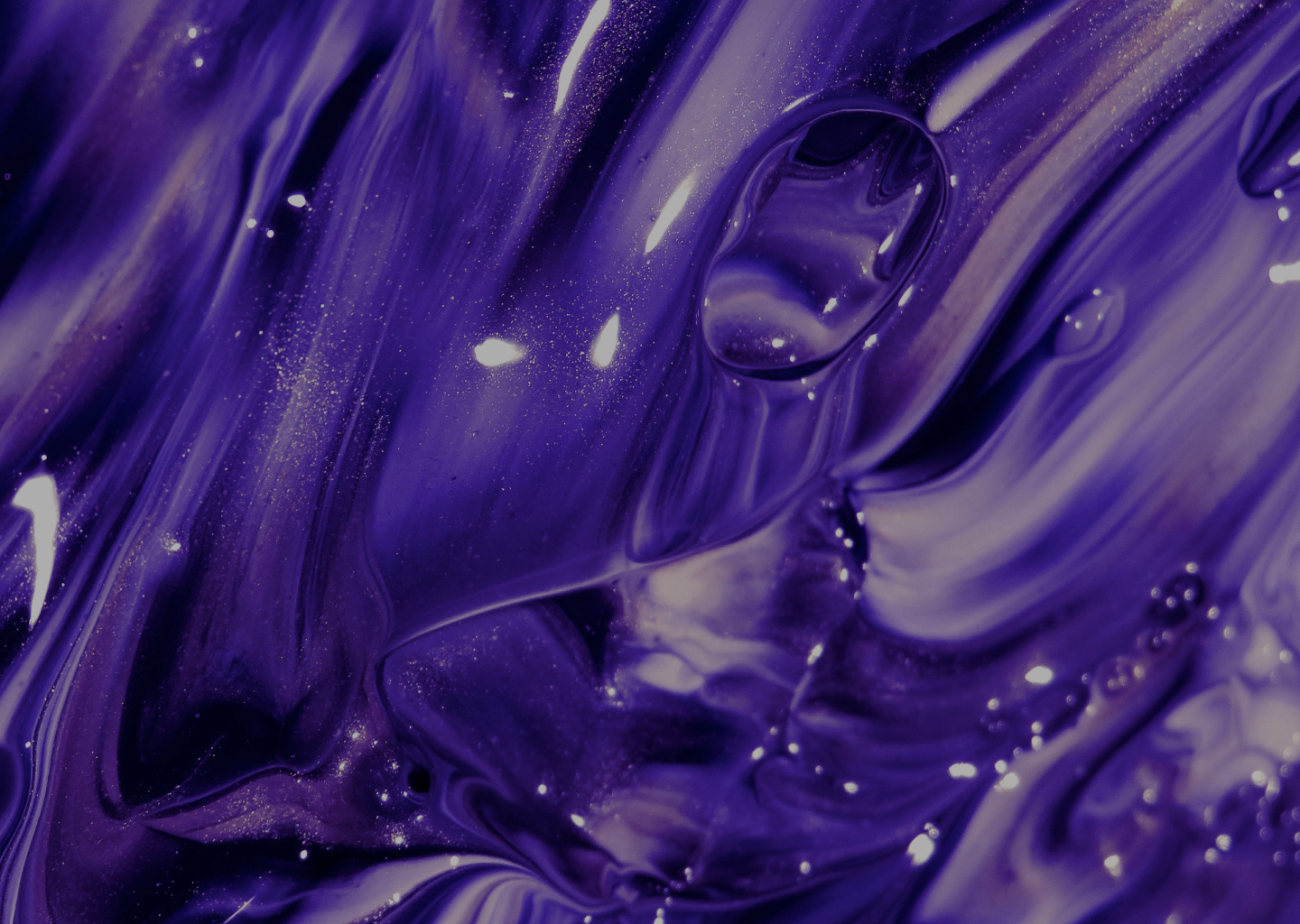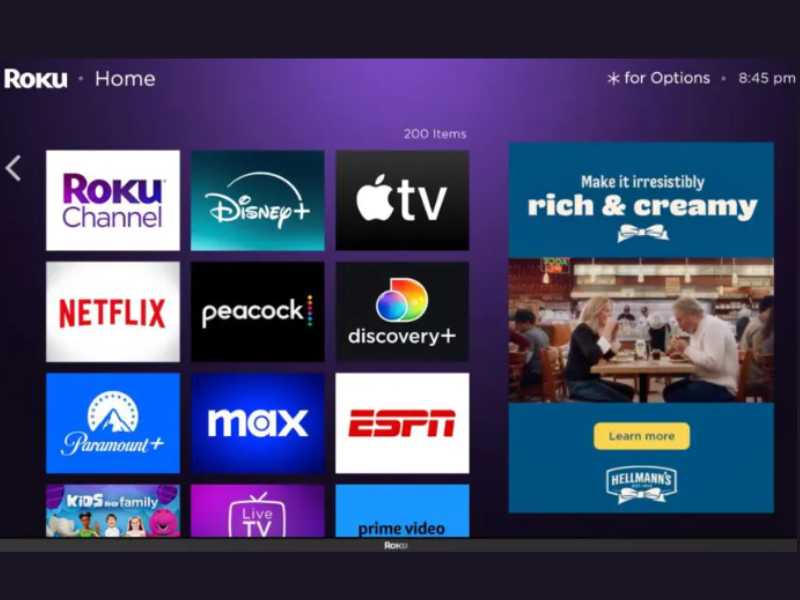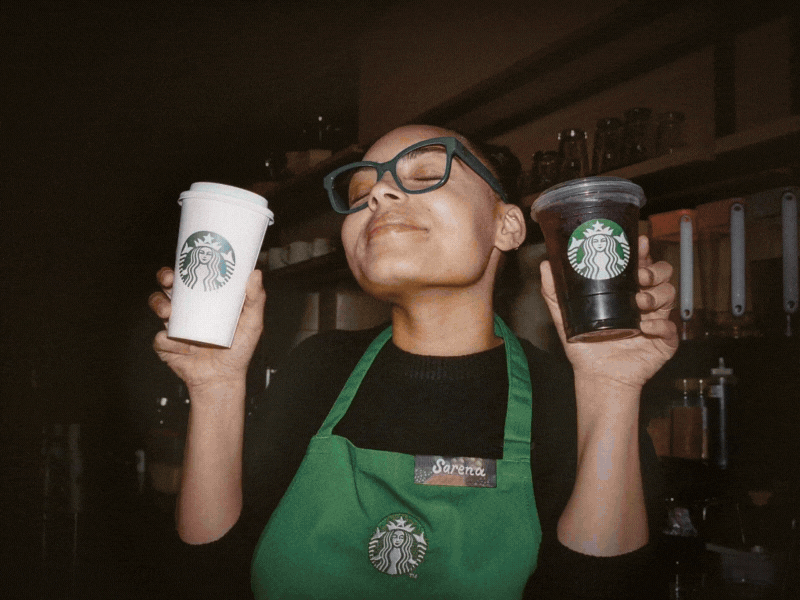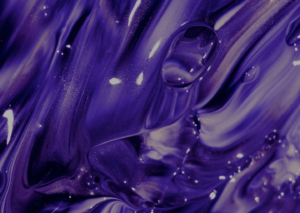
Are we no longer in our Chiefs era (obligatory witty-ish Taylor Swift pun…sorry, not sorry)? My NY sports fans brethren will hate me for saying this, but it’s hard not to like the Eagles. Aside from the fandom, the storytelling around key Eagles players (Barkley, Brown, and Hurts in particular) was so effective that we might be closet fans. From the comeback stories, the work ethic, the mental health issues, etc…the Eagles had it all. Again, sorry…not sorry.
Alright, so we had to jump on the bandwagon with a key marketing takeaway from the big game. We’ve highlighted trends in how to make a splash WITHOUT buying a 30-second spot, how this mayo brand leveraged shoppable ads, and how Starbucks reintroduced itself and hopped on the post-Super Bowl hangover trend.
What did you see and love? Hate? Drop us a line….
Shameless Plug: Observer published their PR Power List, and we’re pumped to be listed first in the ‘New Tech’ category.
Enjoy!
Greg & Becky
Utilize new adtech: Hellmann’s extended big game buzz with shoppable ads

TL;DR: Unilever spread brand Hellmann’s partnered with Roku and Walmart to run ads on Roku’s smart TV streaming platform instructing viewers how to make the “When Harry Met Sally” sandwich utilizing a generous portion of its mayonnaise. At the end of the spot, viewers are encouraged to shop for the ingredients via Walmart.
Takeaway: Traditionally, ads rely on sparking the attention of viewers and being memorable enough for audiences to take the next action with the brand, whether that’s learning more or buying the product. But now, brands don’t have to rely on simply hoping their ad is memorable. Shoppable ads, sometimes also known as Connected TV, have become increasingly popular with smart TVs and streaming platforms. These ad opportunities allow brands to provide a clear next action that viewers can take immediately from wherever they are. We’re living in a time with expanded opportunities to convert viewers into buyers – so, use them!
Consider:
- Could shoppable ads or experimental adtech solutions fit into your advertising strategy? There are many avenues and platforms you can choose to engage on. Learn more about the popular ones – Roku, Amazon Prime Video, Peacock – and understand the spend and resources that go into engaging on the platforms.
- Not all brands should necessarily be engaging in shoppable ads, but you can bottle the essence of these opportunities. How can you create a next action for your audiences wherever you’re reaching them? Reassess your ad links, your email CTAs, or even your website flow to optimize for conversions. Bonus: Get experimental and ask AI to provide new ideas on how to rework your strategy to optimize for conversions.
Skip the big spend: Why several brands looked to unique ways to engage with customers beyond in-game ads
TL;DR: This year’s official ad spots were reportedly going for more than $8 million for a 30-second spot – an expense that not all brands can afford to risk. With more and more companies taking a performance marketing approach to their efforts, many have opted for marketing campaigns around game themes without shelling out the multi-million dollar check.
Takeaway: The high prices of official game ads and the evolution of how audiences respond to the game are changing how brands approach advertising. Audiences don’t necessarily care about watching football as much these days as opposed to the cultural impact and significance of coming together around one night – similar to any major trending event. Several brands including Marriott, Avocados From Mexico, and Twix engaged with audiences through in-person activations in New Orleans, social media stunts, and integrated mobile marketing – all without spending $8 million on a 30-second spot. Which means, any brand with the creative wherewithal can jump into the trending action and grab audiences’ attention.
Consider:
- If you can’t afford to spend your entire budget on an official ad slot for any trending event, you don’t have to count your brand out yet. How could you engage in the event by other means? Think of other avenues like your social media channels, email marketing, or even in-app or web engagement.
- The brands that see the most value from this outside-the-box approach are ones who understand the psychology of what audiences are doing during this time. For example, Twix’s mobile game gave consumers who stared at their phone camera a chance to win two solid gold bars – a smart move considering 79% of consumers are checking their phone during the game. Build your efforts on data and you’ll see a bigger impact.
Co-opt a popular event: Starbucks used the big game to reintroduce themselves to consumers

TL;DR: Starbucks has been executing on a large turnaround plan led by CEO Brian Niccol. The latest marketing campaign – named ‘Hello Again’ – included two ads and a promotion before and after the big game that let the brand take advantage of consumer attention without the $8 million price tag.
Takeaway: What better way to stand out from the oversaturated crowd (and save some budget) than by debuting a new campaign around the big game? Starbucks went an extra step by keeping the big game party going by giving its Reward Members a free small hot or iced coffee on what it’s deeming ‘Starbucks Monday,’ the day after the big game when data shows more than 22 million U.S. employees plan to miss work. While audiences are trying to recall which brand had the best game ad, Starbucks is making sure people remember them by giving them an action – essentially, “come get your free coffee from us when you’re tired the next day.” Now that’s a way to be memorable and convert audiences.
Consider:
- How can you maximize the attention your campaigns are getting? Once you’ve grabbed audience attention, how can you easily convert those viewers into customers? Take a note from Starbucks and their limited-time promotion.
- It’s tough to know whether the day after the big game will always be known as ‘Starbucks Monday,’ but it’s not a bad idea to try and brand a cultural moment like the day everyone takes off. What would your brand’s version of ‘Starbucks Monday’ look like?
Like what you’re reading? To get our newsletter to your inbox sign up here!





